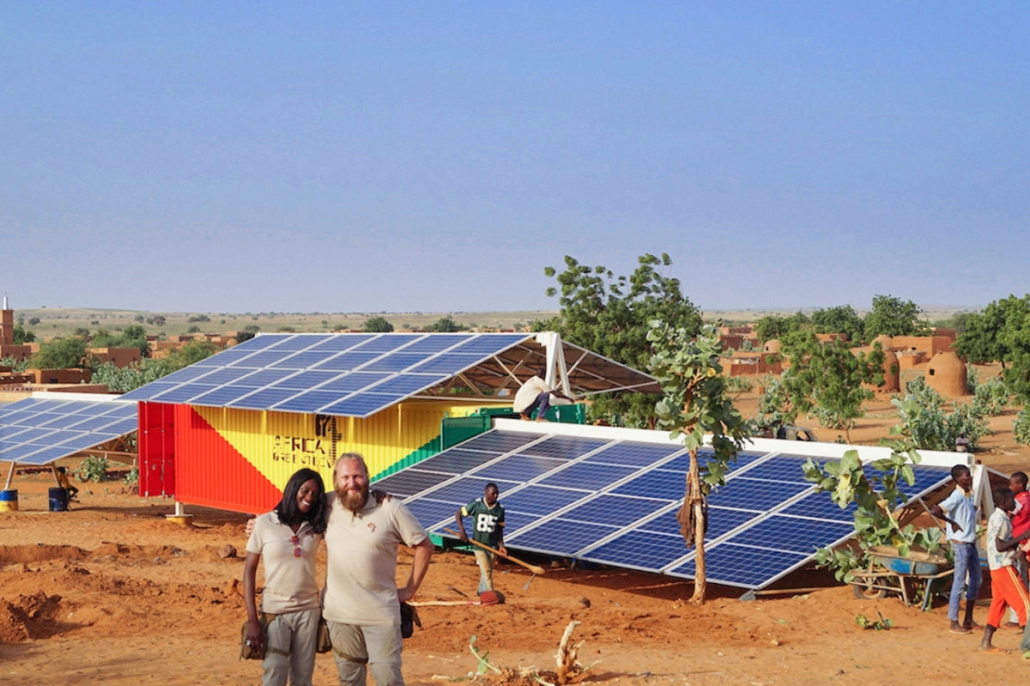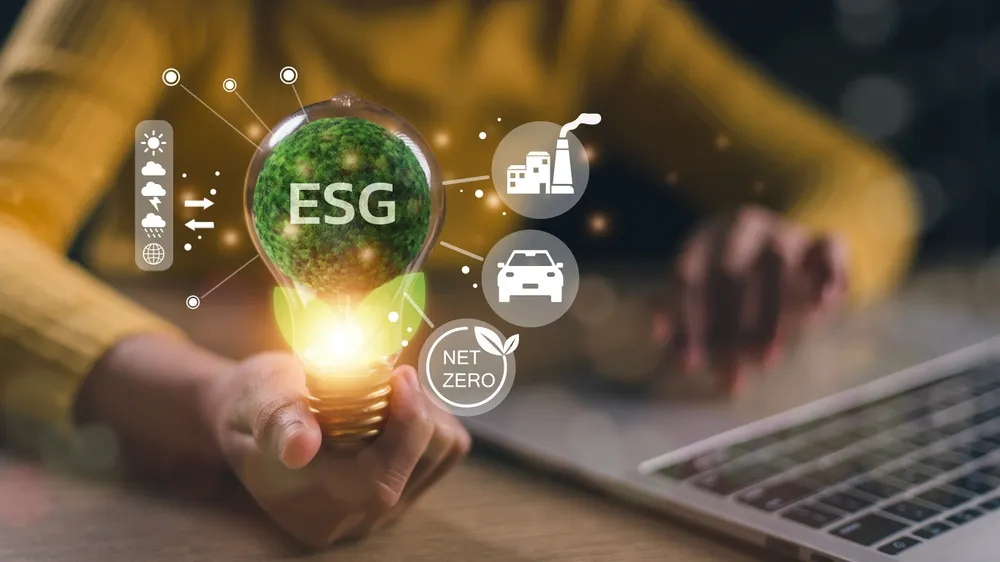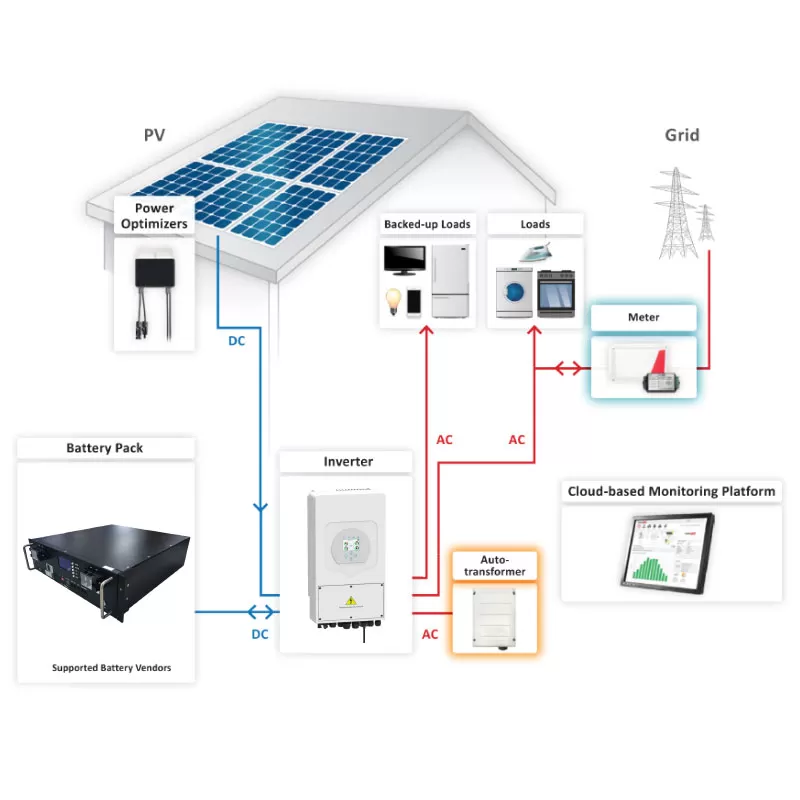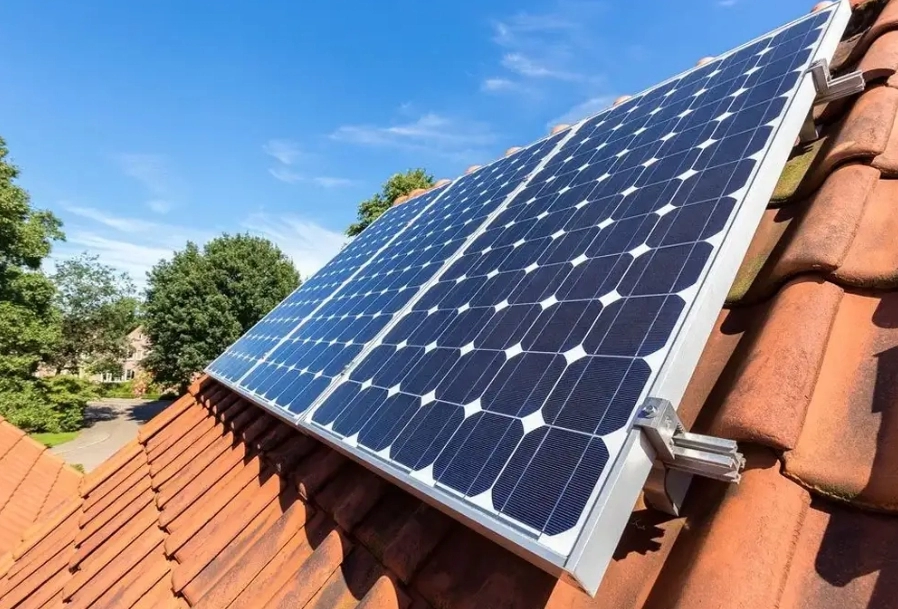Hybrid solar systems for homes with unstable grid power
For homeowners in areas with frequent power outages or voltage fluctuations, hybrid solar systems offer the perfect blend of reliability, efficiency, and energy independence. Unlike traditional grid-tied systems that shut down during power outages, hybrid solar systems integrate solar panels, battery storage, and grid connection to ensure a seamless power supply. At the same time, they combine grid-tied and off-grid capabilities to ensure that homeowners can continue to have power even when the grid is out. Unlike traditional rooftop solar installations that require grid power or pure off-grid systems that require large battery banks, hybrid solar solutions can intelligently switch between solar power generation, battery storage, and utility power.
Hybrid Solar Systems: Combining Solar PV and Battery Storage to Cope with Grid Instability
The heart of the hybrid solar system is the synergy between PV panels and battery storage. For homes with unstable grid power, it is crucial to properly select the capacity of the PV array and battery bank. The panel’s capacity must not only meet the daily power demand but also be able to charge the battery during a power outage. For example, in an area where the average household uses 30 kWh of electricity per day, a 6 kW PV array paired with a 10 kWh lithium-ion battery pack can provide a reliable buffer for hours of power outages.
The hybrid inverter acts as the central brain, managing the energy flow from the PV, battery, and grid. When the grid voltage drops below an acceptable threshold, the inverter switches to off-grid mode in milliseconds, preventing interruptions. When solar generation resumes or the grid power stabilizes, the system returns to grid-connected mode, maintaining the battery at its optimal charge level. This flexible architecture makes hybrid solar systems ideal for households that need both energy independence and the ability to export excess solar power to the utility during regular operation.
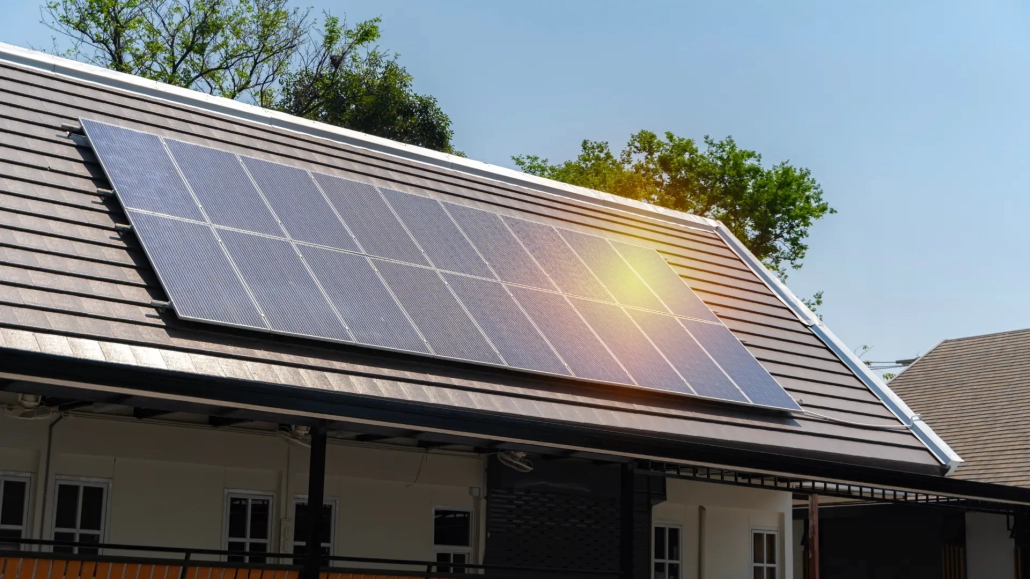
Hybrid Solar Systems: Smart Inverter Management for Power Fluctuations
In an environment with unstable grids, the success of hybrid solar systems depends largely on advanced inverter management. Hybrid inverters provide real-time voltage and frequency monitoring, enabling them to detect even minor grid fluctuations and switch operating modes accordingly. They use algorithms to prioritize critical loads and ensure they still receive power during outages. The system can temporarily shut down non-critical circuits to conserve battery capacity.
In addition, many hybrid inverters offer configurable time-of-day optimization settings. During peak grid hours, the inverter can draw power from the battery instead of purchasing expensive electricity. It can be done during off-peak hours or when solar output is highest. This intelligent load shifting prevents power outages and reduces monthly electricity bills.
Choosing the Right Components for Homes with Unstable Power
Customizing a residential hybrid solar system requires careful component sizing based on the home’s power usage and outage patterns. First, determine daily power usage, peak demand, and critical and non-critical loads. Next, choose the typical length and frequency of power outages—whether daily brownouts or multi-hour blackouts—and select a battery bank that can cover those periods.
The sizing of the PV array should consider local solar radiation and rooftop restrictions to ensure that enough energy is generated to meet daily loads and charge the battery. We recommend that the array size be 1.5 to 2 times the daily power usage to account for battery charging and system losses. Finally, the manufacturer must rate the hybrid inverter for the home’s peak load—typically 5–10 kW for an average home—and ensure it is compatible with the battery’s voltage.
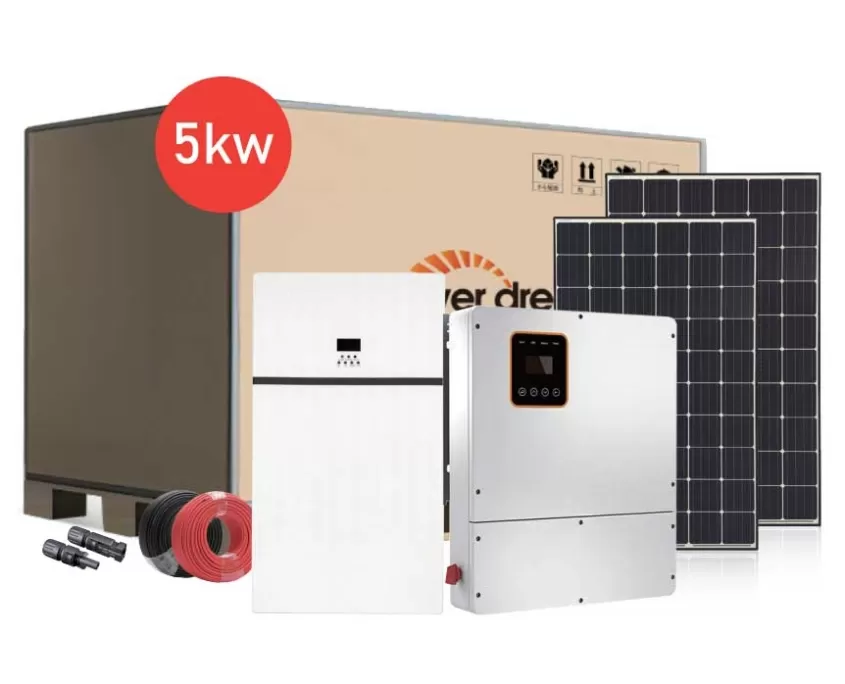
Maximizing Energy Security with Grid-Tie and Standby Modes
One of the most compelling advantages of a hybrid solar system for homes with unstable grid power is its dual-mode operation. Under normal conditions, the system operates in grid-tie mode, feeding excess solar power back to the grid and drawing from the grid when solar output is insufficient. When a grid failure occurs, the system switches to standby mode, isolating the home from the grid and powering its circuits directly from the solar panels and batteries.
To maximize energy security, homeowners can pre-program critical circuits to remain operational during a power outage while suspending deferrable loads such as pool pumps or electric vehicle chargers. Some more advanced hybrid solar systems also support load alerts, which inform homeowners via smartphone apps of the length of standby and backup power and prompt manual load adjustments when needed. This intelligent orchestration mechanism ensures that even prolonged power outages are minimized and essential functions remain uninterrupted.
The Future of Energy in Unstable Grid Areas
With energy costs rising and grid reliability declining, hybrid solar systems are becoming necessary for modern homes. They provide uninterrupted power, lower electricity bills, and support sustainable energy use—all with minimal maintenance. This technology ensures comfort, safety, and long-term savings for homes prone to power outages. By combining solar generation, battery storage, and intelligent grid integration, hybrid solar systems represent an energy solution for areas with unstable power supplies.
Ultimately
In areas where grid reliability is critical, hybrid solar systems offer a cost-effective and resilient energy security option for homes with unstable grid power. By intelligently combining solar PV generation, battery storage, and grid interaction, these systems provide seamless backup during power outages, optimize energy costs during normal conditions, and reduce carbon footprint. Key features such as advanced hybrid inverters, precise module sizing, dual-mode operation, and comprehensive monitoring ensure homeowners enjoy reliable power 24/7.


